Affiliate links on Android Authority may earn us a commission. Learn more.
All about the latest Android version : Android 4.3 Jelly Bean
Published onSeptember 22, 2013
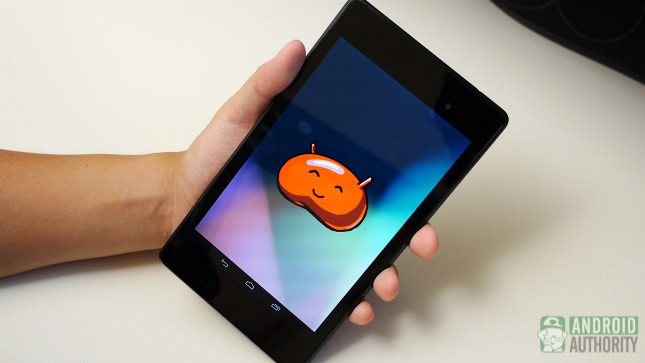
Android has gone through major changes over the years, with loads of features added and improvements made. It’s unfortunate that due to manufacturer and carrier delays, many Android users are stuck on older versions of Android.
However, many Android devices are launching with at least one of the three versions (Android 4.1, 4.2 and 4.3 are all referred to as Jelly Bean releases) of the Jelly Bean release and many others are being updated to some of the latest versions of Android and so we’ve made a list of all of the biggest features of the latest Android version to keep you up to date with all of the awesome improvements that have been made.
Project Butter
Introduced in Android 4.1 Jelly Bean – supported on all Android 4.1+ running devices
Project Butter was first introduced in Android 4.1 Jelly Bean and ensures that devices run much more smoothly and free from lag. Google used processes like vsync timing and triple buffering to ensure that animations were smooth and that the whole operating system was running at close to 60FPS.
This feature is supported on all Android 4.1 and up running devices and if you’re updating your device to this version of software you’ll immediately notice a difference. Project Butter also allows the processor to ramp up when needed and quickly go back into idle to save battery when it’s not needed.
Google Now
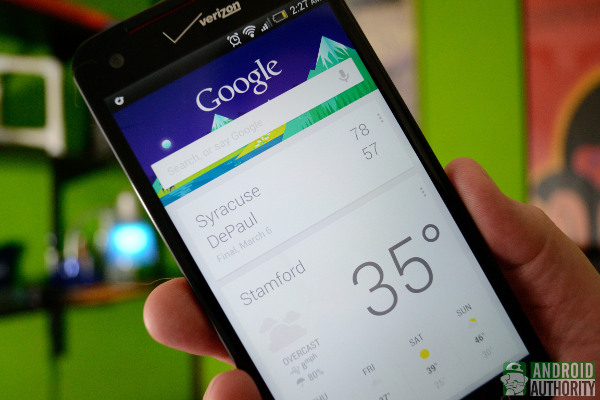
Introduced in Android 4.1 Jelly Bean – available on all Android 4.1+ running devices.
Google Now is an integral part of the latest versions of Android and is an intelligent personal assistant which is proactive. What this means is that unlike other voice activated assistants like Siri, Google Now can offer information before you ask for it. For example, it’ll tell you the weather at your location and back home and serve up information like your flight plans and the directions to your next appointment all without the user needing to ask.
Along with the proactive features, Google Now can also answer questions, open applications, write down memos and more. Google Now is one of the biggest features in the Jelly Bean releases and is supported on all devices running Android 4.1 and up.
Multi-user support
First seen in Android 4.2 Jelly Bean (improved upon in Android 4.3 Jelly Bean) – only available on tablets.
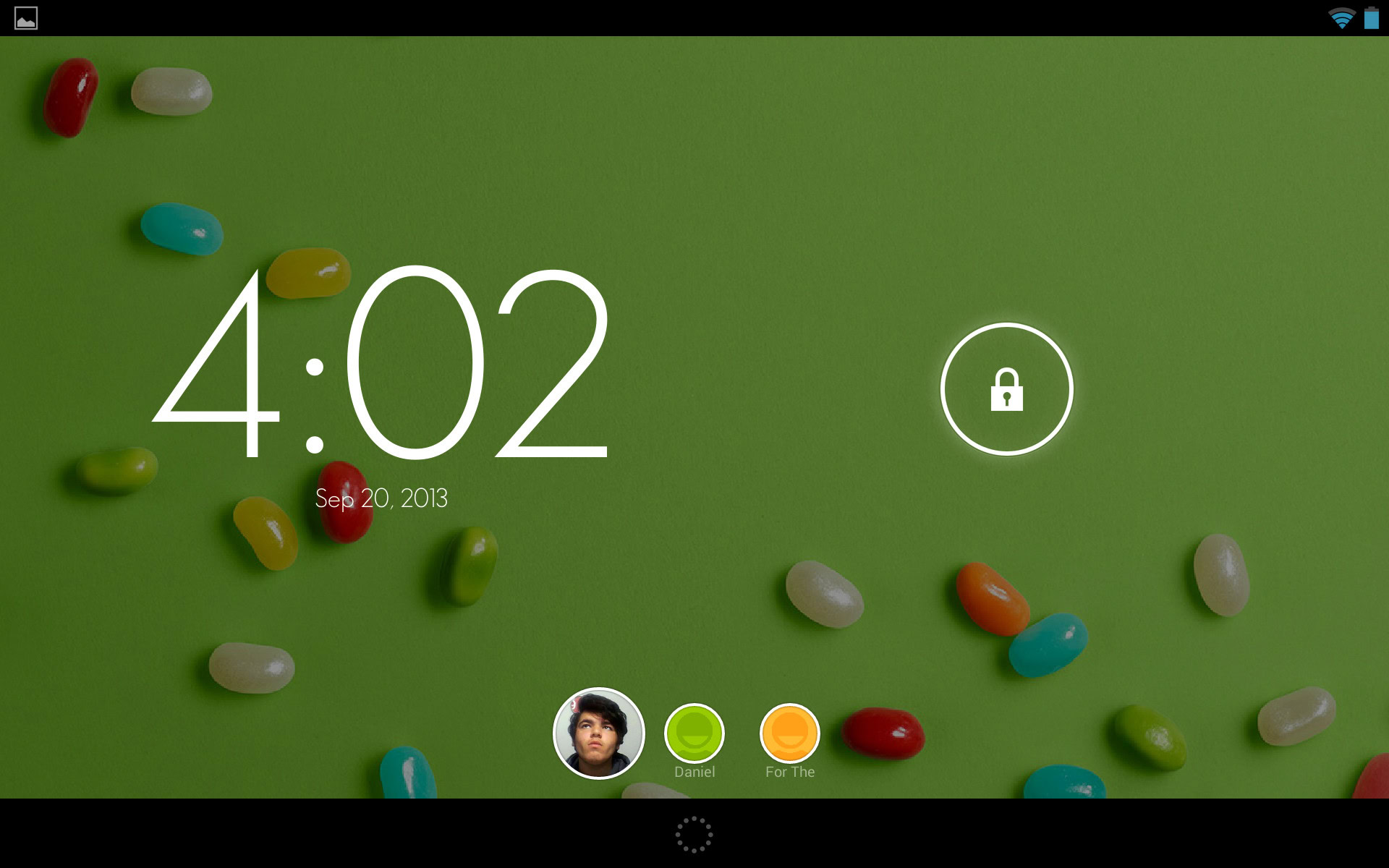
Bringing Android tablets in line with desktop operating systems, Android 4.2 added the ability to add individual users to Android tablets. This allowed individuals to share their tablet while customizing their home screen, wallpaper and more.
Unfortunately, Android 4.2 did not allow the administrator to restrict what another user could access. This feature was brought in the release of Android 4.3 Jelly Bean and is great for parents wanting to ensure that their children use the family tablet purely for educational purposes.
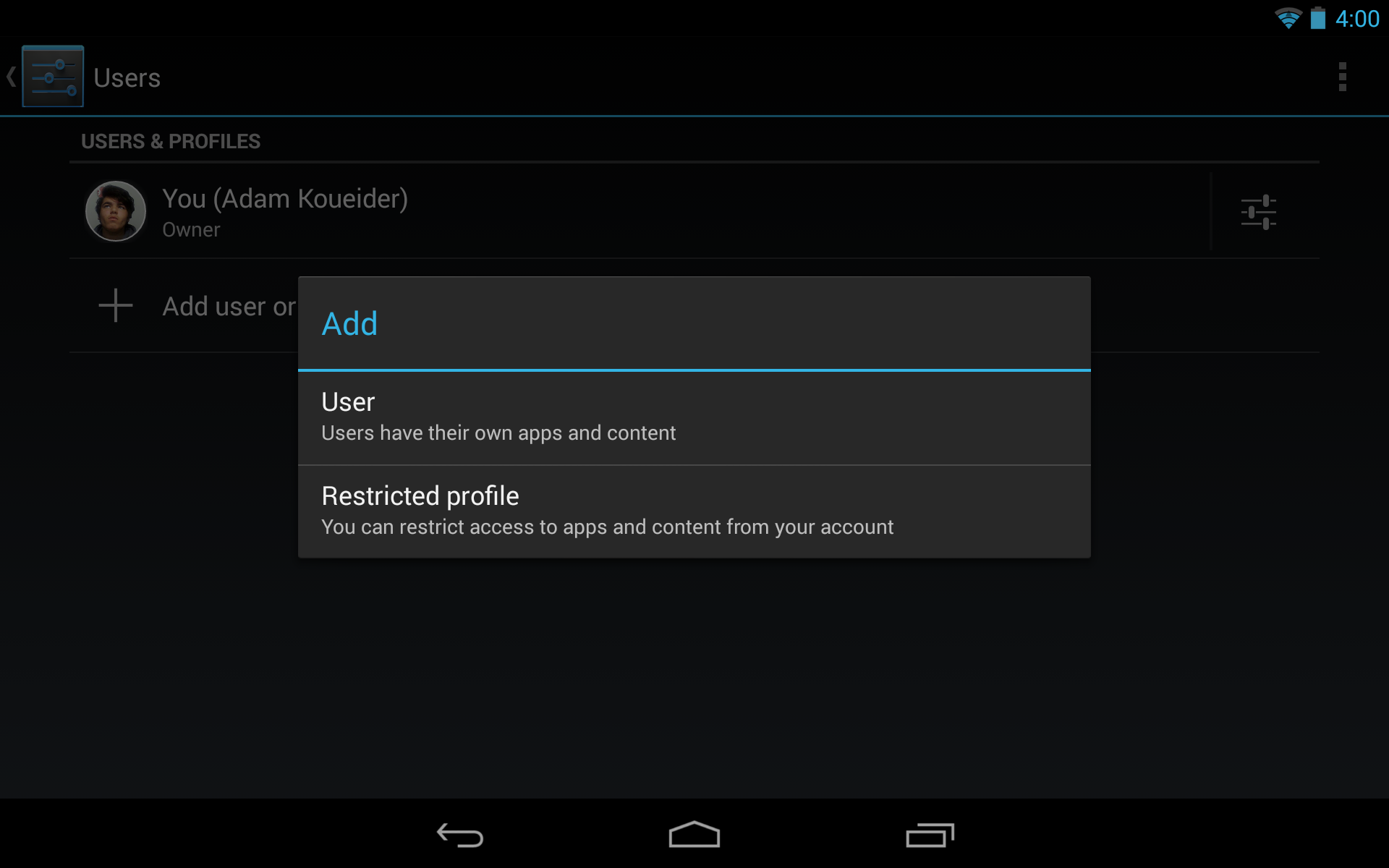
Android Beam
Introduced in Android 4.0 ICS (improved upon in Android 4.1 Jelly Bean) – available on Android 4.0+ running devices with NFC capabilities.
Originally introduced in Android 4.0 Ice Cream Sandwich, additional functionality was added to Android Beam in the Android 4.1 Jelly Bean release. Android Beam connects using NFC (Near Field Communications) and transfers data like videos, pictures and contact information over Bluetooth.
Android Beam is available on devices with NFC support and running Android 4.0 and up. However, the ability to transfer larger files like pictures and videos is only available on devices running Android 4.1 and up.
Daydream
Introduced in Android 4.2 Jelly Bean – available on all Android 4.2+ running devices.
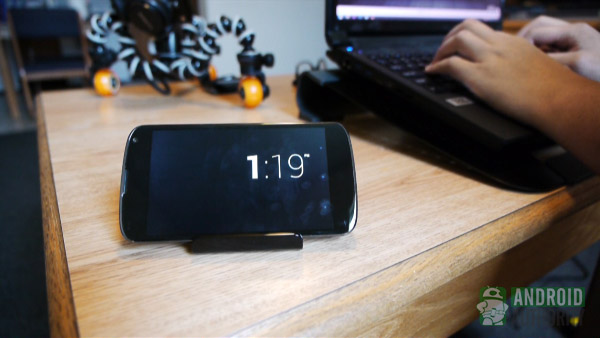
Daydream is a feature which allows you to see pieces of information like the time, or a gallery of pictures in a screensaver-like fashion. This feature can be enabled when docked, charged even when idle and is supported on all devices running Android 4.2 and up.
Photosphere
Introduced in Android 4.2 Jelly Bean (improved upon in Android 4.3 Jelly Bean) – available on all Android 4.2+ running devices.
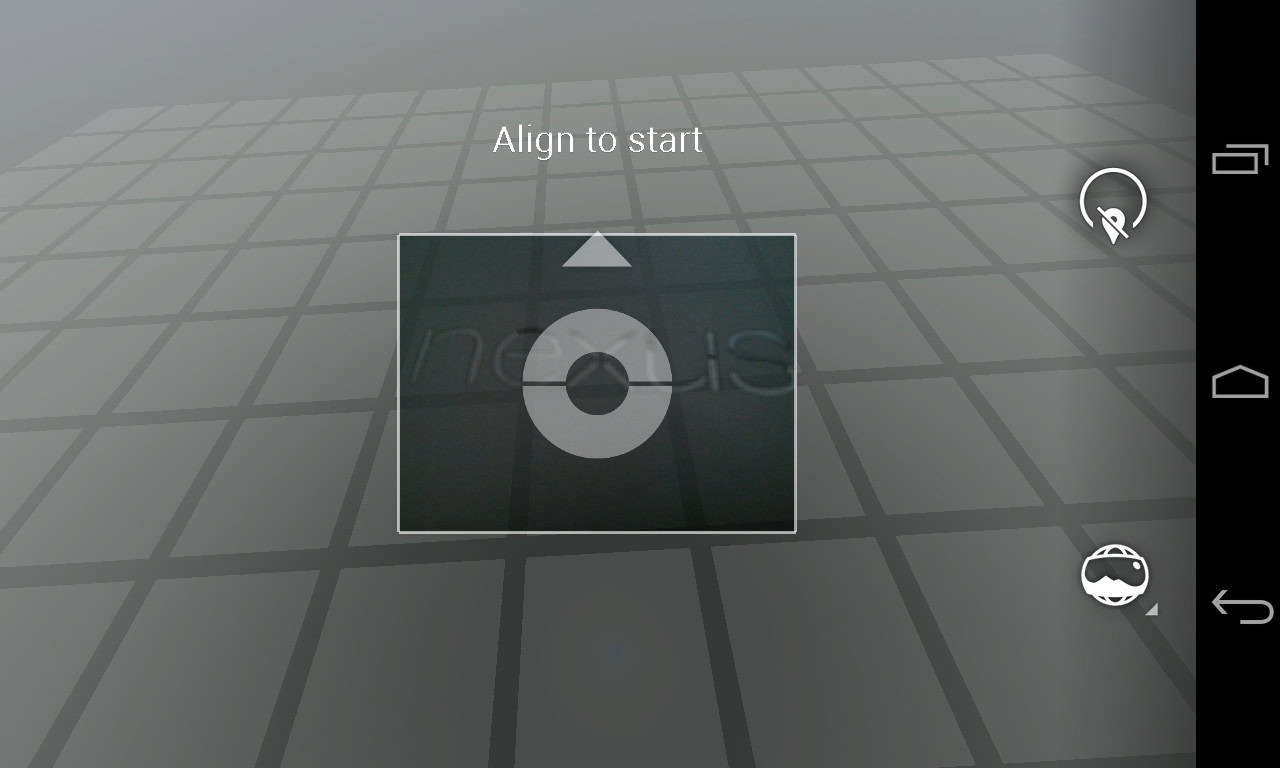
Photosphere is a camera feature which allows users to take 360 panorama style photos which enable the user to take immersive photographs which can display their exact point of view. Photospheres are similar to the Street View photographs and the feature is available on Nexus and Google Play edition devices running Android 4.2 and up.
Bluetooth Low Energy
First seen in Android 4.3 Jelly Bean
Bluetooth Low Energy support was introduced in Android 4.3 Jelly Bean, preparing Android for the explosion of wearable technology in the past year. Bluetooth Low Energy consumes less than half of the amount of energy used by standard Bluetooth technology and the feature is supported on devices that use Android 4.3 and up with SoCs which support Bluetooth LE.
Miracast
First seen in Android 4.2 Jelly Bean
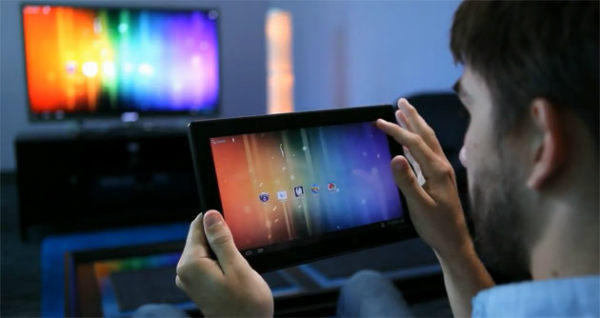
Miracast is a standard which uses WiFi Direct to share screens between devices. Support for Miracast was added in Android 4.2 Jelly Bean allowing users to project whatever is on their tablet or smartphone to a TV which supports Miracast.
Wrap up
Android will continue to develop as a mobile operating system with the next major release, Android 4.4 Kit Kat, is expected to be launched in the final quarter of the year.